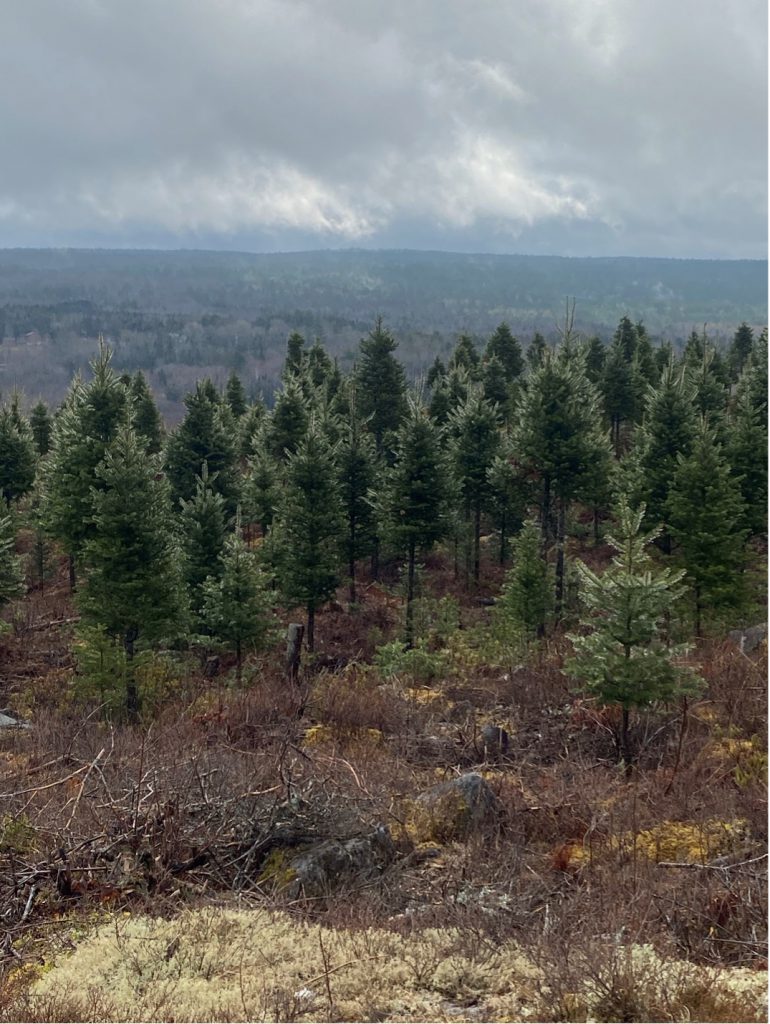The CTCNS Research Team is conducting weed surveys of Christmas tree lots across Nova Scotia. This survey will provide insight on weed dynamics throughout lots and will help focus management strategies specific to growers needs.

Enhanced Profitability and Environmental Sustainability of the Nova Scotia Christmas Tree Industry Through Nutrient Management Planning and Comprehensive Soil Mapping in Nova Scotia.
We are looking for 25 growers distributed throughout the province (10 LCCTPA, 10 NeCTA, 5 CCTPA). Preferably with decent-sized lots. If they participate in the project, soil mapping of their lot will be completed as well as 20 soil samples collected throughout the lot. The grower will be asked to pay for 4 samples (at $50/sample or $200 total to participate). We will start sampling in mid-August.
Project Overview
The mission of the Christmas Tree Council of Nova Scotia is to support the growth, improved quality and increased profitability of the Nova Scotian Christmas Tree and Greenery Industry and, ultimately, it’s future sustainability. Part of reaching these goals is attributed to successful nutrient management and soil fertility comprehension which has the anticipated capacity to shave up to 7 years off the production cycle of a real Christmas tree.
The main soil properties of interest for Christmas trees are Nitrogen (N), Phosphorous (P), Potassium (K), Calcium (Ca), Magnesium (Mg), and soil pH. This proposed project would seek to conduct extensive soil sampling and mapping on a regional scale. This data could easily be synthesized to create production maps identifying the best areas for balsam fir production, based on pre-determined optimal soil conditions. The project would facilitate nutrient management planning education to growers to assist them in comprehending their soil fertility and encourage them to take an interest in soil health. Long term, this proposal would guide growers into a sustainable nutrient management program.
Statement of Problem/Opportunity
The Christmas Tree industry currently relies on conventional production methods, developed through trial and error. Although there has been technical information on fertilizer application and input recommendations available for Christmas tree growers for decades, the majority of that information was created for plantation-style models, and in most cases USA soils. Nova Scotia has a very unique position in terms of soil characteristics and often, the information available on this subject is not transferrable to Nova Scotia lots, without significant conversion factors or additional testing. As a result, the typical time to produce a Balsam Fir Christmas tree is between 10 and 15 years. In an effort to narrow this production window, the CTCNS Research Team recently undertook a small provincial soil sampling initiative to identify the optimal soil conditions for Christmas tree production. The results of that survey indicated a need to provide further support to growers navigating their soil fertility and soil health. Additionally, there is a gap in the knowledge of and use of nutrient management planning as a tool for Christmas Tree producers.

